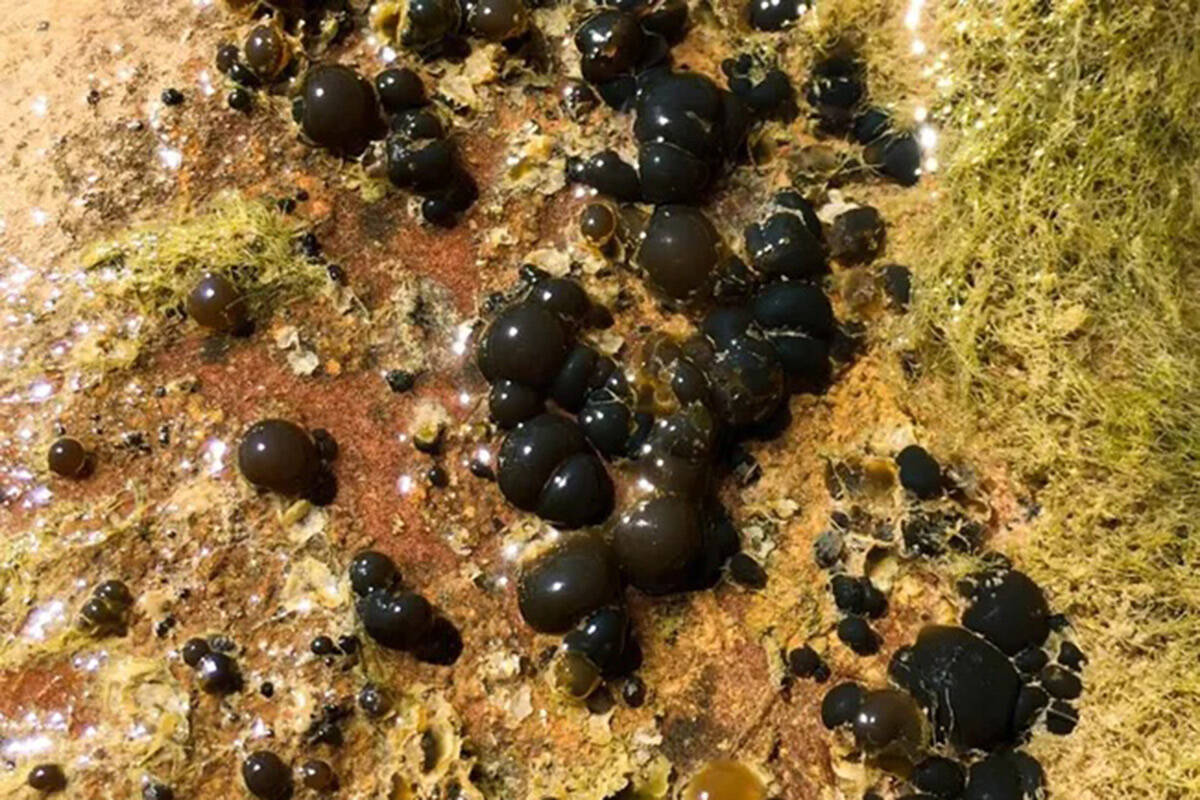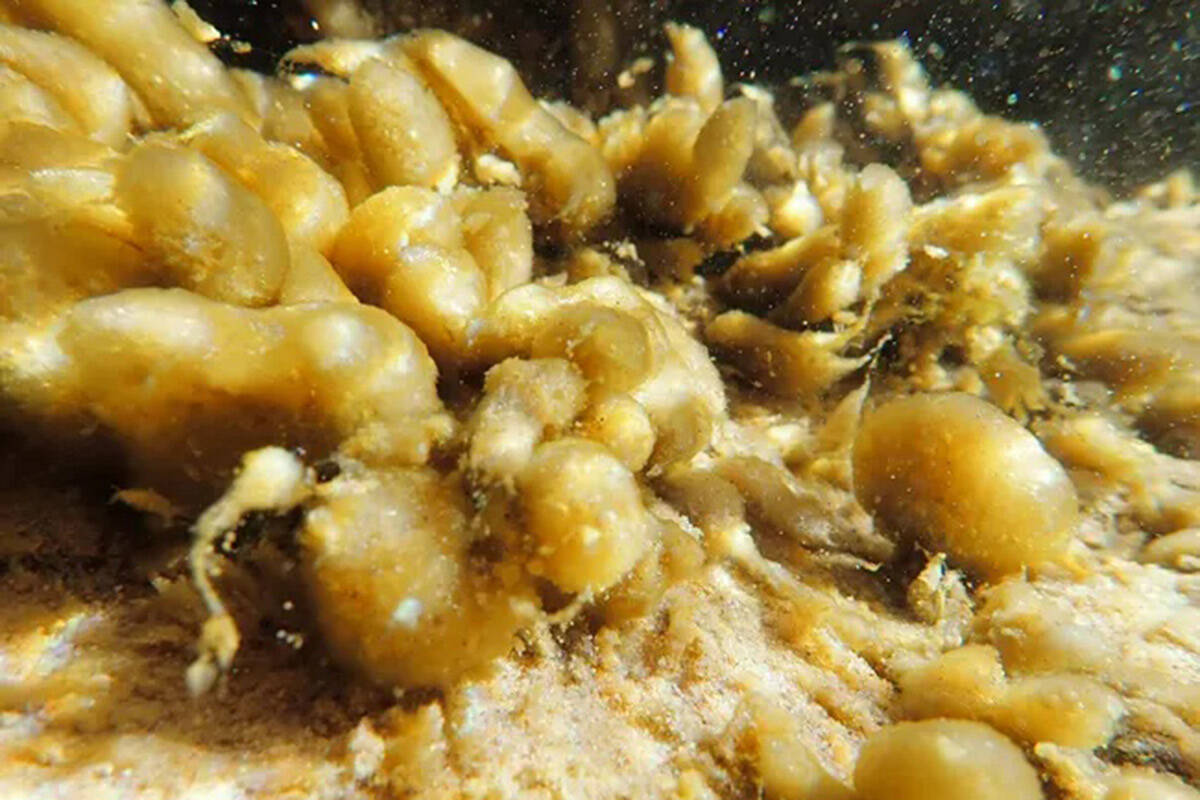Toxic bacteria detected in water in Zion National Park
Toxic cyanobacteria and cyanotoxins have been detected in water throughout Zion National Park.
Cyanobacteria is more commonly known as “blue green algae,” and its cyanotoxins can cause harm to humans and animals if touched or ingested.
The North Fork of the Virgin River, and Virgin River tributaries North Creek and La Verkin Creek are being monitored for cyanobacteria. The North Creek waterbody is under a recreation warning, which includes Right Fork, Left Fork, Grapevine Spring and canyoneering roots with a water connection to North Creek, the National Park Service announced in a news release.
Visitors are advised to not swim or submerge their heads in water when recreation warnings are in place.
When bodies of water are under a danger advisory level, visitors should have no contact with the water. No bodies of water in Zion are currently under this advisory level.
Cyanotoxins can cause a range of symptoms, including eye, nose and skin rashes; liver and kidney damage; and, in rare circumstances, death, according to the park service.
Although the bacteria is called “blue green algae,” it can also appear yellow, tan, green, brown or black in color, with round, ribbed, or mucous-like texture and shape.
Park scientists continually monitor bodies of water in the park for cyanobacteria and cyanotoxins, the park service said.
The park service advised people exposed to cyanobacteria to call the Utah Poison Control Center at 800-222-1222. However, if you’re having a medical emergency, please call 911.
Park visitors are also advised to not drink stream water anywhere in the park, and to instead carry water or filter water directly from a spring.























